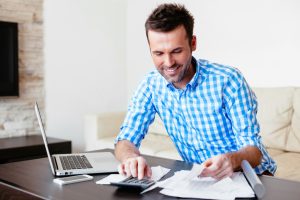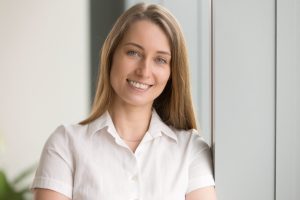- Insulate your home to keep warm air in during winter months and cool air in during summer months.
- Install solar panels on your roof or yard for a renewable energy source to power your home.
- Switch to LED lighting for 75% less energy consumption and 25 times longer life.
- Replace old appliances with Energy Star-certified ones to reduce energy consumption and WaterSense-certified models to reduce water usage.
With the increasing focus on climate change, more and more people are looking for ways to reduce their environmental impact. One of the best places to start is in your own home. Making your home more energy-efficient helps the environment and saves you money in the long run. Here are a few tips and strategies that you can use.
Insulation
Adding insulation is one of the easiest and most effective ways to make your home more energy-efficient. You can hire professional home insulation services for walls, ceilings, floors, attics, and crawl spaces to help keep warm air in during winter months and cool air in during summer months.
This will not only make your home more comfortable year-round but will also help reduce your energy bills. For example, adding an extra layer of ceiling insulation can reduce your energy bills by up to 45%.
Furthermore, using recycled materials for insulation can help reduce the amount of waste that goes into landfills. You can ask the contractor you’d hire to install the insulation which types of recycled materials are available.

Solar Panels
Another great way to maximize sustainability and efficiency is installing solar panels on your roof or yard. Solar panels capture the sun’s energy and convert it into electricity which can then be used throughout your home. Here are 4 steps to take when transitioning into a solar-powered home:
Conduct an Energy Audit
Before making the switch to solar power, it’s important to first conduct an energy audit of your home. This will help you identify areas where energy is being wasted and determine the best type of solar system for your needs.
Calculate Roof Space Available
Next, measure the available space on your roof that can be used for solar panels. This will determine what size and type of system you’ll need to purchase. For instance, a large home will surely require more panels than a small one.
Have a Professional Install the System
To ensure the system is installed correctly and safely, it’s best to hire a certified professional. They can correctly install your solar panels and connect them to your home’s electric grid for maximum efficiency.
Maintain the System Regularly
Once the solar panels are installed, it’s important to maintain them. Clean the panels regularly and check for any signs of damage or overheating. This will help ensure your system is working optimally and can power your home for years to come.
Lighting
One of the simplest and most affordable ways to increase energy efficiency in your home is by switching to LED lighting. LED lights use up to about 75% less energy compared to traditional incandescent bulbs and they also last up to 25 times longer.
Moreover, if you’re looking for even more savings, consider installing smart light switches that can automatically turn the lights off when you leave a room or dim them when they’re not in use. This way, you’ll be able to save energy without having to worry about forgetting to turn the lights off.
If possible, try to take advantage of natural light throughout the day by opening curtains and blinds. This will not only help you save energy but can also improve your overall well-being and mood.

Energy Star Appliances
The appliances that people use every day consume a lot of energy — from refrigerators to washing machines – so it makes sense that switching out old models for new Energy Star-certified ones can significantly reduce our overall energy consumption.
Look for appliances that are labeled with an Energy Star rating which indicates that they have been tested for efficiency standards set by the Environmental Protection Agency (EPA). There are also water-wise models certified by the WaterSense program, which helps reduce water consumption.
By making small changes like these around your home, you can make a big impact on both your energy bills and environmental sustainability. It just takes a bit of effort to get started – but it’s definitely worth it!
Making your home more sustainable doesn’t have to be complicated or expensive. By following some simple steps, such as adding insulation, installing solar panels, or switching out old appliances for Energy Star-certified ones, you can make a big difference when it comes to reducing emissions and saving money on energy costs over time. Keep these tips in mind as you embark on making your home one of the most environmentally friendly around.












